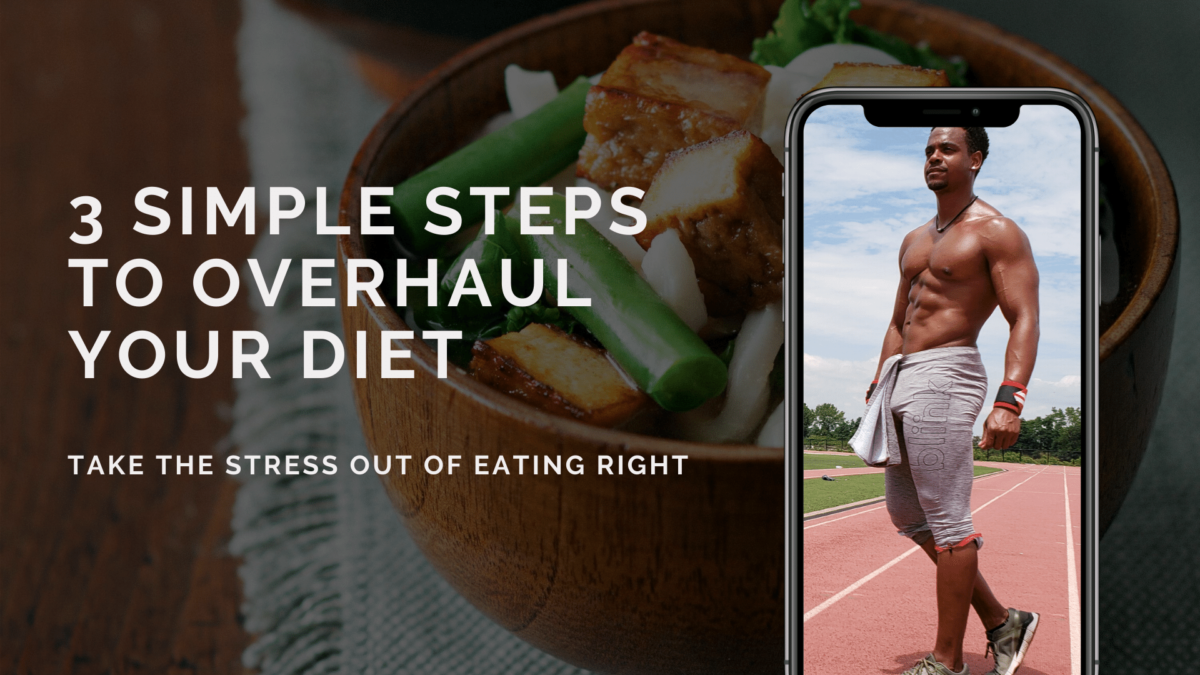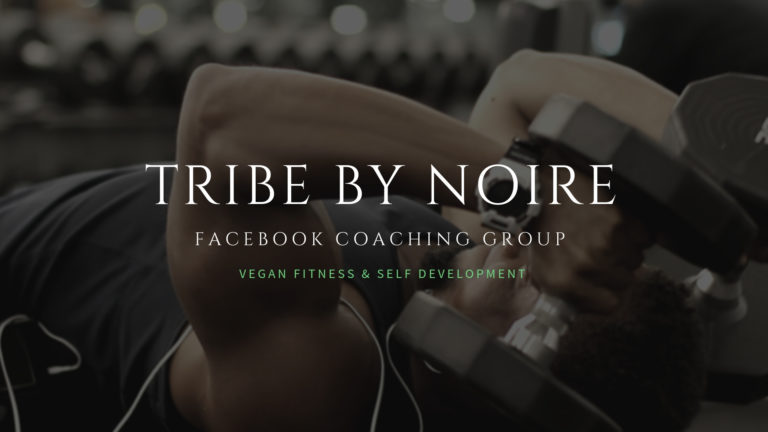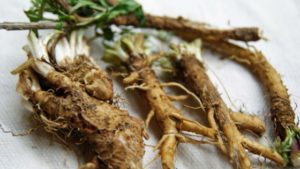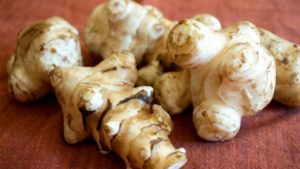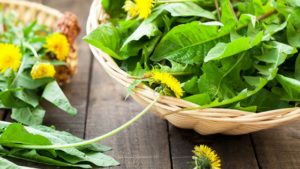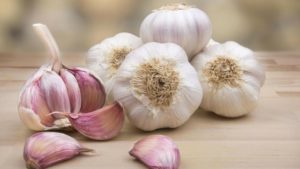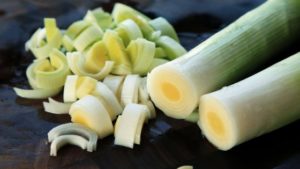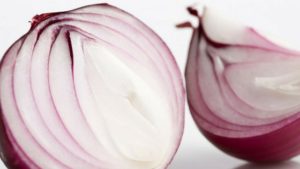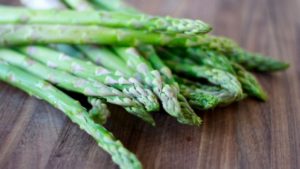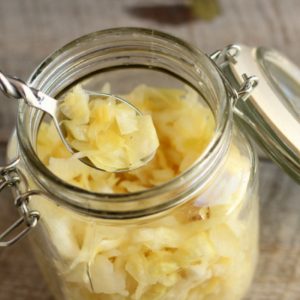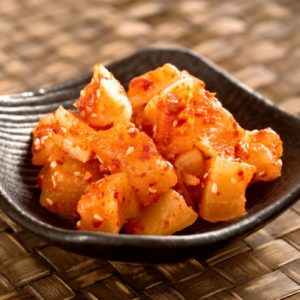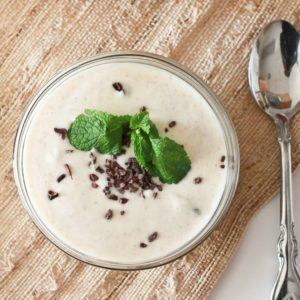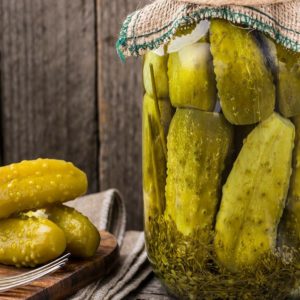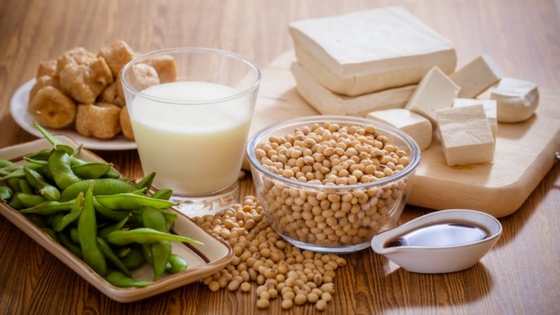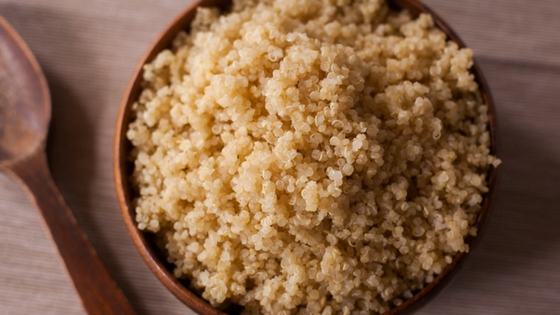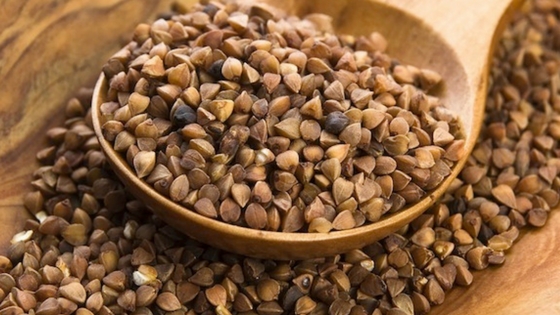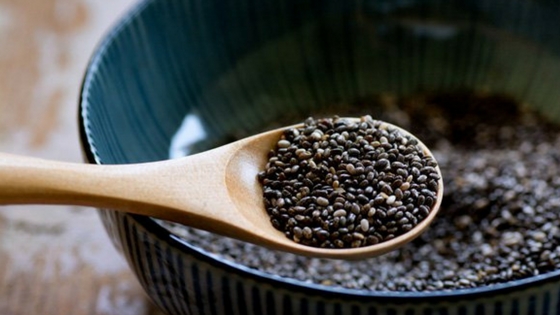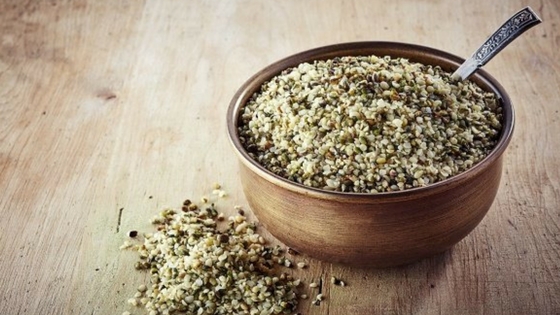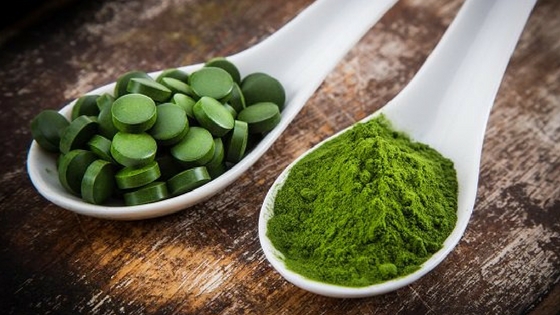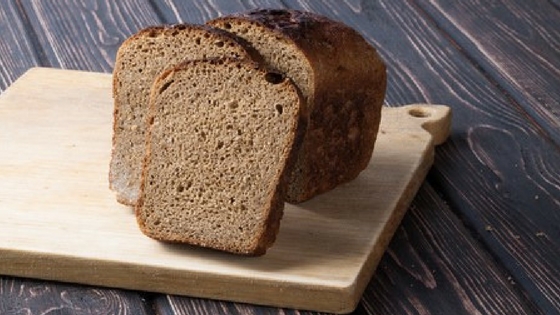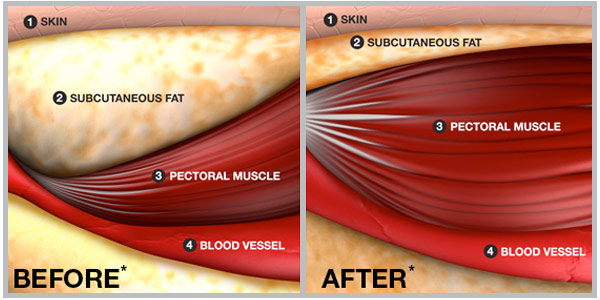I’m writing this because in the fitness and wellness industry, we put way too much emphasis on DIETS. Every time you turn around someone’s pitching a keto diet, a paleo diet, a blood type diet, juice cleanse, etc. Let’s back up a second, get real, and ask ourselves one simple question, “What about just adopting simple eating HABITS?”
The only way your diet works for you is if it’s comprised of practical eating habits that you can sustain. This means not being a slave to your food, not going to bed hungry, and not being crushed by cravings. Let’s talk about these 3 simple steps that will allow you to get your diet on track successfully.
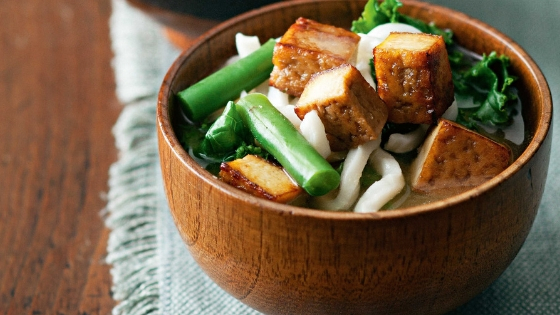
Step 1 - The Observation Phase
Before you start making any changes you first have to identify exactly what you need to change. You may think you’re eating too much when in fact you’re eating too little. You may be eating the right amount of calories, but just making the wrong food choices.
Take a week to track your current eating habits and develop some self awareness. Doing this is a real wake up call. You can start this process by downloading an app on your phone called My Fitness Pal, or chronometer. My fitness pal is a bit easier to use, but chronometer gives you way more information on what you’re eating.
At this point you don’t need to worry about making any changes, just log what you’re eating. By the end of the week you’ll have plenty of data to look at to see where your problems are. Here’s a few things to look out for.
- Does your calorie intake fluctuate up and down drastically?
- Is your saturated fat, sugar, and cholesterol intake really high?
- Is your fiber, vitamin, and mineral intake really low?
Step 2 - The Mapping Phase
Once you can clearly see where the holes are in your diet, you can start mapping out how you would ultimately want your diet to look. Make a simple list of nutrition goals like this.
- Set a reasonable calorie goal that you can stay within 5% of.
- Set a reasonable balance in your macros according to your fitness goals.
- Have a list of at least 5 categories of food that you target daily.
Choosing a calorie goal – First you’d want to find out what your maintenance caloric intake is. Finding out your basal metabolic rate (BMR) will give you that number. You can download a mobile app on your phone for that or google “basal metabolic rate calculator” for the easiest way to do it.
If you want to lose weight, targeting 15% below maintenance calories would be a good idea. However, if you’ve been already under eating habitually and not losing weight, a calorie deficit is not going to be of much use.
If you want to gain weight, targeting 10% above maintenance calories would be ideal. Typically going further above that would cause you to gain unwanted body fat.
Setting macro goals – Typically the best macros are the ones that give you the most variety in your diet, while still getting you to your goals. For example, this is what that may look like.
- Carbs – 50-55%
- Protein – 20-25%
- Fat – 30-20%
Carbohydrate and fat intake will vary from person to person, but in regards to protein calculation, 1 – 1.8 grams of protein per kilogram of lean mass would be the range to stay within. Getting above or below will result in a pretty unbalanced diet.
Targeting food categories – This would more than likely be the simplest place to start because its the least technical. All you’d really need to do is pick 5 food categories that are the most beneficial and make sure you eat foods from each of them daily. Here are the categories I suggest.
- Veggies
- Fruit
- Nuts/Seeds
- Legumes
- Grains
Ideally each meal should incorporate at least 3 of these.
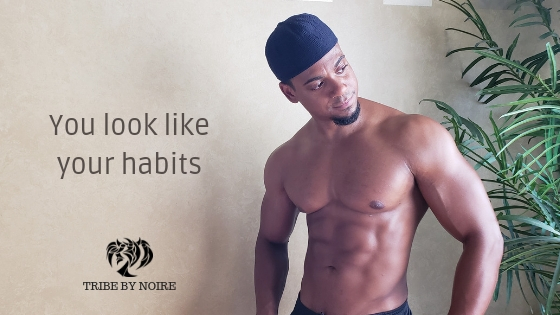
Step 3 - The Implementation Phase
Finally, implementation is done best when its done gradually. Too much at one time becomes overwhelming and food cravings will likely get the better of you. My advice is that you make 1-2 changes a week and see how you do. If you can stay consistent with those changes for the week, add more improvements. Here’s what some of those changes may look like.
WEEK 1
- Eat 2-4 cups of fresh greens daily
- Track each meal daily
Week 2
- Eat 3.5 servings of legumes daily
- Reach but do not exceed calorie goal by more than 10%
Week 3
- Eat at least 3 servings of fruit daily
- Drink at least 64oz of water daily
Week 4
- Eat at least 1-2 servings of nuts and seeds daily
- Reach your macros daily
Its easy to focus on getting rid of all the bad stuff from your diet, but that requires a focus on all the negative stuff in your diet. That focus on the negative is not good if you’re trying to take a more positive approach to life.
A good alternative is the process of elimination through addition. Focus on adding the good stuff first. You don’t have to deny yourself some of that cake right now, just save it for the end of the day AFTER you’ve eaten all the most beneficial meals first. That way its like a reward for good behavior.
Eventually the food cravings will die out and you’ll have more self discipline.
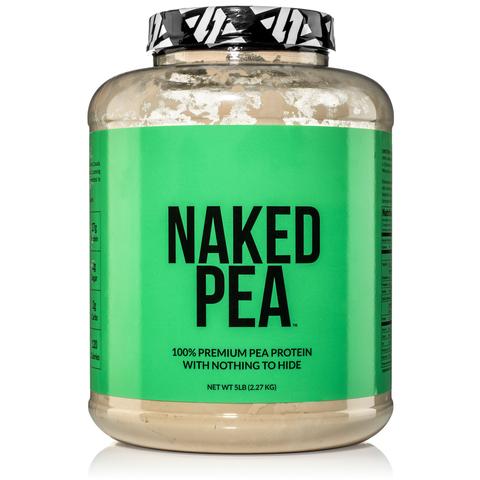
My Top Vegan Protein
If you need a vegan protein supplement that tastes good, has a good texture, and doesn't have all the additives and colors, give this one a go. each serving is 27 grams of protein and 120 calories.
Tribe By Noire

I’ve created this platform to help you become the most powerful version of yourself through fitness, plant based nutrition, and mindset coaching.
copyright © 2018 Tribe By Noire. All Rights Reserved
